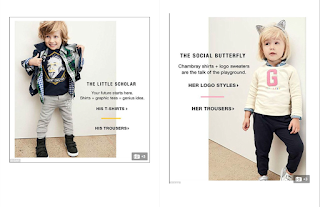Hello, friends! Today I'll be discussing and analyzing the form, content, rhetoric, and meanings of two advertisements. The first ad, a Super Bowl commercial for the well-known Amazon virtual assistant, Alexa, is a widely remembered ad due to its comedic character. The second advertisement I will be looking at is a 2011 print advertisement for Pepsi's ad for their then-new skinny can Pepsi. In the fourth quarter of the Super Bowl LII, Amazon bought a 90-second commercial promoting their virtual assistant, Alexa. The clip, titled "Alexa Loses Her Voice," portrays a fictional scenario in which Alexa loses her voice, forcing workers at Apple headquarters to hire celebrities to replace her. Gordon Ramsay, Cardi B, Rebel Wilson, and Anthony Hopkins go through a series of humorous and cataclysmic oral exchanges with the Alexa users, and the commercial ends with Alexa confidently taking back the reigns. This Amazon ad uses a variety of stylistic elements to amuse th



